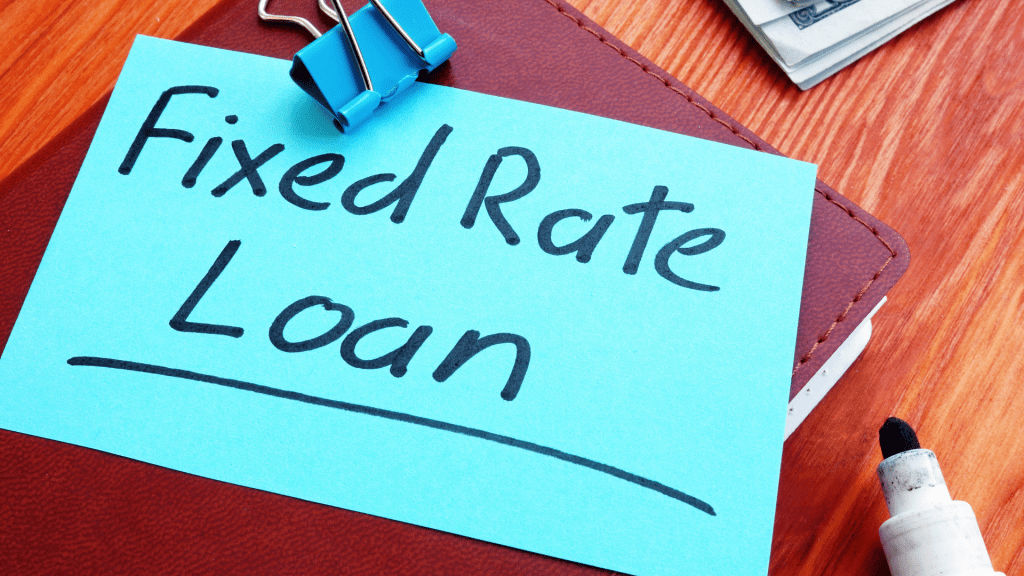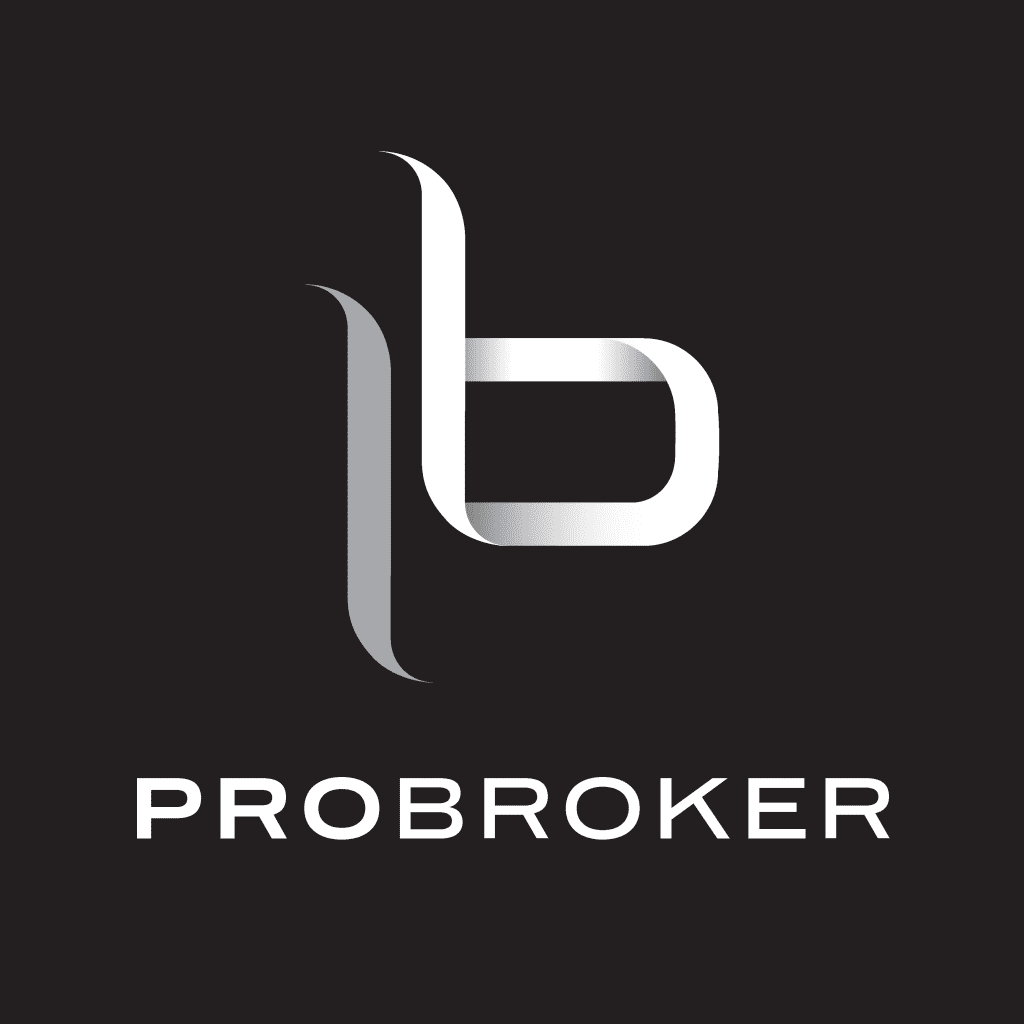While there may be benefits to having a Fixed Interest Rate on your loan for a period of time [e.g. you know what your interest rate is going to be for the fixed rate period and your loan repayments will not be subject to variations], there are also other factors that need to be considered.
Factors to be considered with fixed rate loans – Risks:
- Break Costs (or Early Repayment Adjustment costs) may apply if you break the fixed rate period early or attempt to switch the product. These Break Costs can be significant.
- Depending on the fixed rate period, interest rates on fixed rate loans may be higher than variable rate loans at the time of the loan.
- You may be restricted on the amount of additional repayments you are able to make to the loan and may incurring Early Repayment Adjustment costs to make additional repayments.
- Repayment redraw may not be available during the Fixed Rate period.
- Offset Accounts may not be fully (100%) offset.
- You would not be able to take advantage of reductions in interest rates if rates fall.
- Rate may change between the time of approval and the time of drawdown if ‘rate lock’ has not been obtained. Note that rate lock fees will generally apply.
- Loan increases are not available. You would need to take out a separate loan should you require additional funds.
- The reversion rate (the variable rate that is applied at the conclusion of the fixed rate) may be higher than the current market rate.
Refer to the Lender’s loan offer documentation prior to signing to ensure you are aware of any Lender specific requirements.
Factors to be considered with fixed rate loans – Benefits:
- The interest rate is fixed for a defined period of time, giving protection against possible interest rate increases.
- Because of the Fixed Interest Rate, you have peace of mind in knowing what your repayments are going to be for the duration of the fixed rate period.
- An Offset Account may be available as a full or partial offset against the interest on the loan. This may help avoid Early Repayment Adjustment costs if you have additional funds available.
- At the end of the Fixed Rate period you generally have the ability to switch to a variable rate or to fix the rate for another fixed rate period (Lender conditions apply).
- Portability of loan – depending on the Lender, the loan may be ‘Portable’ from one property to another. This means should you sell a property and buy another, you do not necessarily have to repay the loan and incur Early Repayment Adjustment costs. Speak to your broker.
- Rate Locking guarantees the fixed rate against rate rises prior to settlement. Fees apply.
- Split loan – part fixed / part variable – may be a good ‘best of both worlds’ option.
NB: These lists may not address every single risk or benefit for every lender available.
We hope that this article has provided you with some key considerations when looking at fixed rate loans in Australia. The above is general advice only. If you would like personal advice tailored to your individual circumstances, please feel free to contact the team at Probroker on 1800 195 123 or info@probroker.com.au





I was reading some of your articles on this site and I believe this internet site is
real informative! Keep on posting.Expand blog